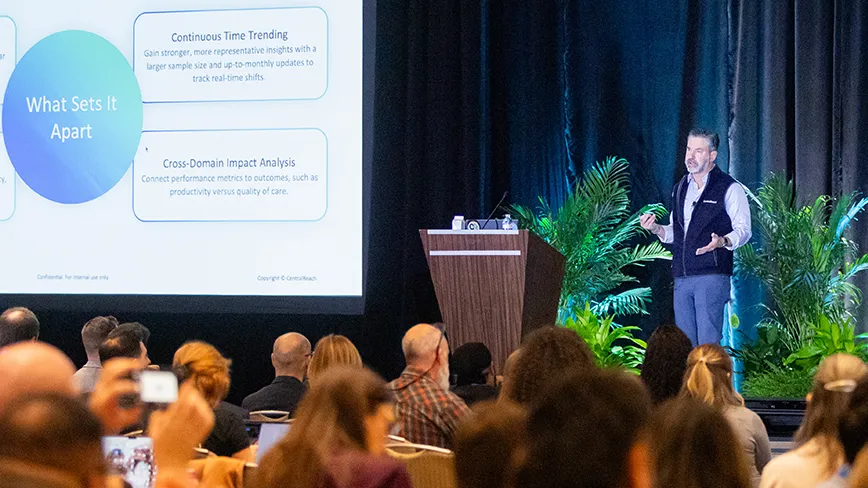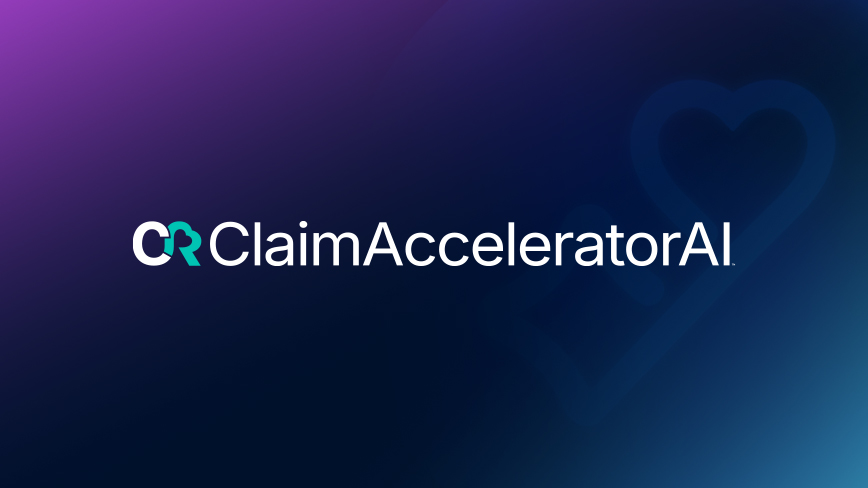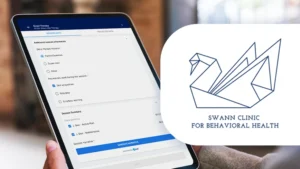Living and working in the digital world means constantly evolving our practices to keep up with the times. The special education field is no exception. Maintaining compliance with education laws is vital for students’ success. Digital special education data collection can streamline your classroom, ensure compliance with laws and workplace policies, and better support your students’ individualized goal progression.
Benefits of digitization
Going from paper and pencil to digital data collection can feel like a big leap. You may wonder whether it’s really necessary. Perhaps the setup you have seems to be going reasonably well. However, as the world continues to evolve in the digital age, there are many benefits to going digital in your classroom.
Efficiency
In fast-paced classrooms, special education data collection can save busy educators time and energy, which can be better spent working with their students. Relying on your memory to record data hours later is an inefficient practice that can lead to inevitable human error, reducing the accuracy of your data. Additionally, scrambling for paper data sheets can take away time that could be spent teaching. Streamlining special education data collection via digital means improves efficiency, increases accuracy, and reduces unnecessary delays in teaching.
Collaboration
Collaborating with parents, other providers, special education teachers, directors, and any other members of a child’s IEP team is vital for overall classroom and lifelong success. By adopting technology to digitize your students’ records, all members of an IEP team, including parents and caregivers, can easily keep up with where a learner is in their educational path. This ensures optimal collaboration among team members.
Compliant Record keeping
Accurate record keeping in schools is vital for maintaining compliance and ensuring students are making progress. Digital data collection can improve the accuracy of data by quickly and easily recording data on targeted learning opportunities. In addition, digital data can ensure the protection of student records, as required by the Family Educational Rights and Privacy Act (FERPA), when using a FERPA-compliant platform.
Reduce Staff Burnout
Lugging a cumbersome clipboard or binder full of data sheets around the classroom and constantly searching for your pen or the right data sheet while also attending to a student’s needs can be overwhelming. Staff may be less susceptible to burnout when proper supports are in place, including technology that helps them better manage their expectations.
More Time Spent with Students
Digitizing data collection means more time spent doing what matters the most–teaching. By increasing the time spent implementing individualized learning opportunities, you can improve student outcomes and bridge learning gaps.

Individualized Education Plan (IEP)
An Individualized Education Program (IEP) is a requirement for all special education students, per the Individuals with Disabilities Education Act (IDEA). An IEP must be individualized to the learner’s needs. Educators must use data-driven, best practices when creating IEP goals, modifications, and supports. Integrating IEPs in one centralized location with goal data, graphs, and other analytics, simplifies the process. IEP Data Collection software can facilitate enacting those best practices.
Digital Assessment
Another way to go digital in the classroom is by utilizing digital assessments. Common assessments used in the classroom and in ABA programs such as ABLLS-R® and AFLS® can be digitized to streamline the process of assessment to teaching, saving time and resources. Digital assessments also allow the opportunity to easily share assessment documentation with other educators, parents, and students.
Monitoring Progress with Data
IEP reporting requires you to have data on each of the goals you selected for a student.
Data can be aversive for busy educators, especially when using paper and pencil. However, daily goal tracking is vital to ensure you’re working toward each student’s short and long-term goals.
Replacing paper data with digital special education and IEP data collection is easier for busy educators and reduces the risk of data inaccuracies that may come with paper data. Using paper data also increases the risk of data losses if data sheets are misplaced.
Go Digital with CentralReach
Leave paper data in the past and leverage technology to drive student success. Improve efficiency in your classroom from assessment to IEP to progress monitoring with CentralReach’s suite of special education software.
To learn more about the benefits of digital data collection in your classroom, check out our webinar, Go Digital with Data Collection in the Classroom.
This webinar will show you how to make the shift from outdated data collection and assessment practices, and how to transition to digital IEP data collection with ease. Learn how to achieve and maintain compliance using data-driven software suited to your individualized needs.






